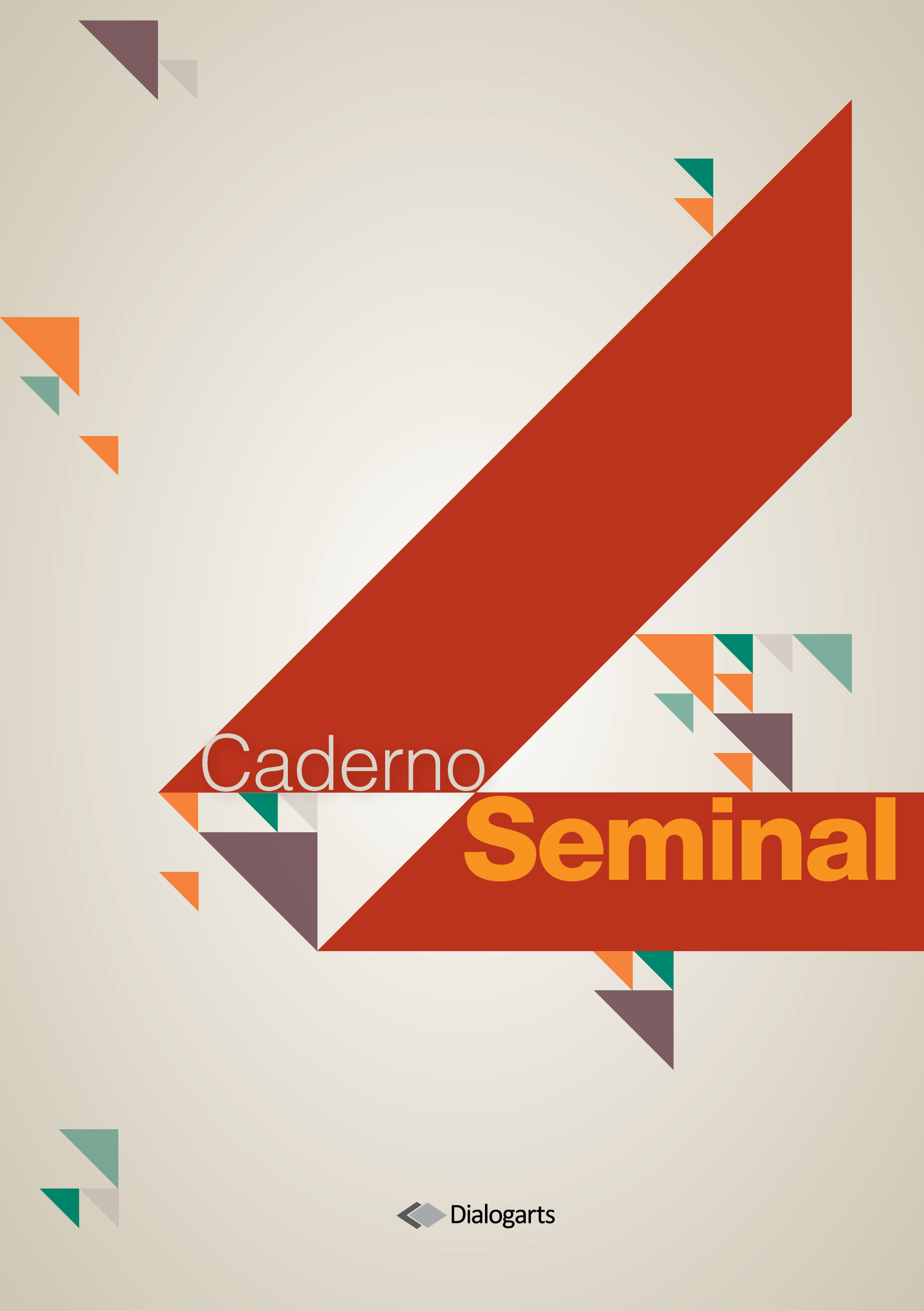O USO DE TECNOLOGIAS NOS CINCO ANOS INICIAIS DE ESCOLARIZAÇÃO DE UM ESTUDANTE COM NECESSIDADES COMPLEXAS DE COMUNICAÇÃO
Main Article Content
Abstract
Considering the schooling process of a student with Complex Communication Needs (NCC) resulting from Autism Spectrum Disorder (TEA) during the first segment of Elementary Education (1st to 5th year), this work aims to identify the pedagogical resources adopted in this period. The methodological path started from a documentary analysis, using the reports and follow-up sheets of the Specialized Educational Service (SEA) of the aforementioned five years of schooling, from 2019 to 2023, in a total of fifteen documents. From the reading of these documents, the authors highlighted all references to resources used in educational practice, dividing them into two groups: low and high technology. This work provoked reflections on the different educational conjunctions of the process, which included an intermediate period of distance learning, during the Covid-19 pandemic. The longitudinal study carried out from the reading of the reports prepared by the teaching teams that accompanied the student draws a contrast between the resources used in the distance education period and those used in face-to-face teaching. It is highlighted, in the research carried out, that technologies developed for Alternative and Amplified Communication (CAA), essential to favour the process of communication of students with NCC, were most widely used during the periods of presencial education. Vigotski's studies on disability compensation state that the resources developed by the cultural environment, in this case, the school, have the function of broadening the possibilities of social participation of the individual who has some disadvantage depending on the disability condition. The importance of developing strategies and adopting resources to ensure accessibility to school activities lies in the fact that it is in the collective activities that the development of higher psychological functions originates. This premise reinforces the need for the EEA to adopt and develop such resources with the aim of promoting an effective schooling process, broadening the development and learning possibilities of the educator.
Downloads
Article Details
Ao submeter seus manuscritos para publicação em nossos periódicos, os autores concordam com os seguintes termos:
a. Autores mantêm os direitos autorais e concedem à revista o direito de primeira publicação, com o trabalho simultaneamente licenciado sob a Creative Commons Attribution License, que permite o compartilhamento do trabalho com reconhecimento de sua autoria e da publicação inicial neste periódico.
b. Autores têm autorização para assumir contratos adicionais separadamente, para distribuição não exclusiva da versão do trabalho publicada neste periódico (ex.: publicar em repositório institucional ou como capítulo de livro), com reconhecimento de sua autoria e da publicação inicial neste periódico.
c. Autores têm permissão e são estimulados a publicar e distribuir seu trabalho online (ex.: em repositórios institucionais ou na sua página pessoal) antes ou durante o processo editorial, já que isso pode gerar alterações produtivas, bem como aumentar o impacto e a citação do trabalho publicado.

